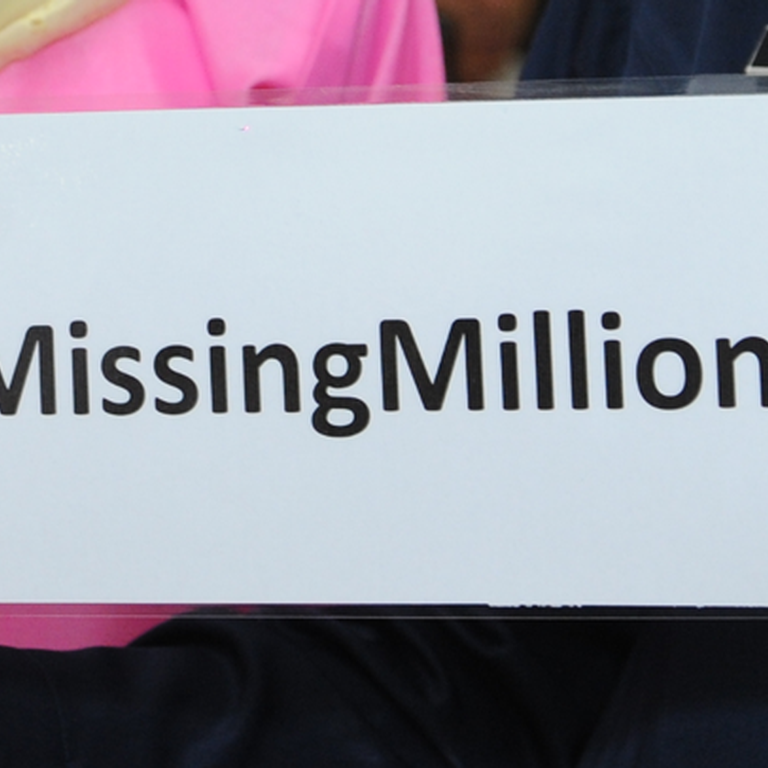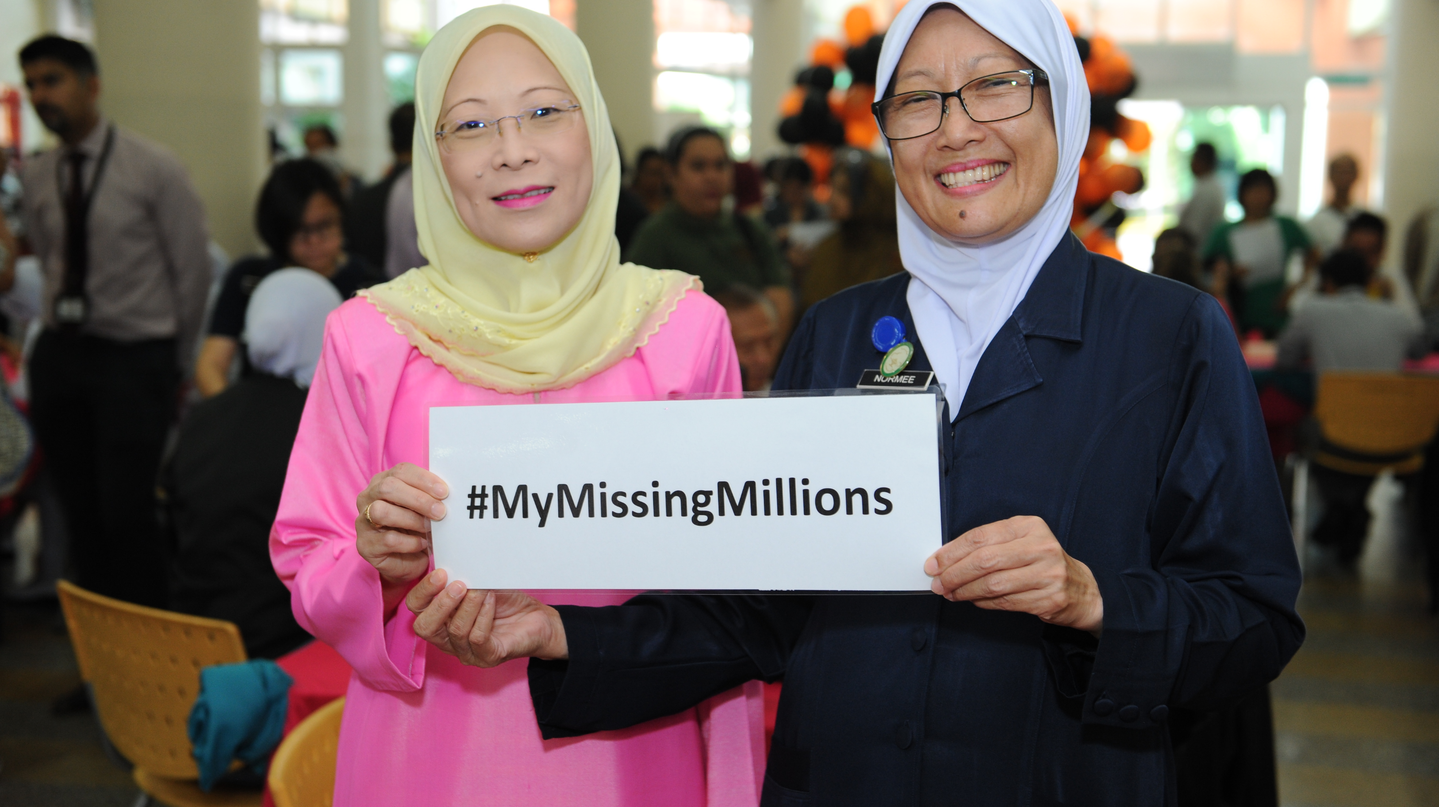
This resource hub provides important resources and recent publications on HCV treatment access barriers, HCV financing resources, updated WHO guidelines on HCV and other partner and government resources on HCV.
Find out more about government support in your country. Download a list of them here (PDF).
We collaborate with organisations that provide information and support within individual countries around the world, as well as those with a global or international reach. You can find a list of them here.
Recommended links to other useful data sources and online resources can be found here.
This report presents the latest estimates on the disease burden and the coverage of essential viral hepatitis services from 187 countries across the world. The report also updates progress made since 2019 in improving access to health products for both hepatitis B and C in low- and middle-income countries, with information from 38 countries that together comprise nearly 80% of global viral hepatitis infections and deaths.
The report provides a regional perspective, analyzing the barriers and opportunities for countries in each of the 6 WHO regions to expand access to health products for viral hepatitis. It presents actions for countries and stakeholders to accelerate the scaling up of effective viral hepatitis interventions within a public health approach.
This CHAI HCV Market Intelligence Report builds on the first two editions of the market intelligence reports to provide updates on the supplier landscape for World Health Organization (WHO)-recommended HCV diagnostics and treatment drugs. It also outlines historical supply and pricing trends, highlights global benchmark prices, and suggests strategies to access diagnostics and drugs at more affordable prices.
For the first time, the report also provides preliminary insights into the market for harm-reduction commodities with a focus on buprenorphine and methadone (opioid agonist maintenance therapy commodities), which are recommended by the WHO’s consolidated guidelines on HIV, viral hepatitis, and STI prevention, diagnosis, treatment, and care for key populations, and touches briefly on naloxone, which is used for overdose reversal, and needles and syringes that are distributed as a part of harm reduction programs.
Despite the availability of affordable and curative treatments, progress towards eliminating hepatitis has been limited due to funding challenges, especially in low- and middle-income countries. To address this funding gap, this article discusses a unique financing approach in Cambodia, its potential impact, and the opportunity for other health programs to benefit from a similar financing solution. Read more about this in hepCoalition.
In our capacity as a cofounding member of hepCoalition, TAG conducted a survey of diagnostics and policy barriers surrounding HCV care in low- and middle-income countries and synthesized the responses into this policy brief outlining why comprehensive hepatitis C services remain inaccessible in 23 low- and middle-income countries.
This May 2023 policy brief explores barriers such as the high-burden among marginalized communities, the complicated diagnostic process, and the difficulties of finding the missing millions of people with HCV in most high-burden countries. Finally, the analysis points toward potential solutions to these challenges, such as dedicated funding for HCV elimination, simplification and decentralization of HCV diagnostics and treatment to bring care closer to communities.
Eight years since the approval of the breakthrough treatment, sofosbuvir, which effectively cures hepatitis C, new direct-acting antivirals (DAAs) regimens have been approved and a variety of treatment access strategies have been used to increase countries’ access.
The hepCoalition developed a fact sheet, based on crowdsourced hepatitis C data from mapCrowd, a free, public database managed by Treatment Action Group and Médecins du Monde. The fact sheet provides in-country data from 82 countries to further understand where the branded and generic versions of the cure have been registered and to inform advocacy efforts for generating demand that could speed up registration. The fact sheet provides supplemental evidence, using community and in-country data, to further understand the registration gaps for direct-acting antivirals (DAAs). The data highlights the availability and registration of DAAs for community leaders and policy makers to reflect in their national elimination advocacy work.
Registration of a medicine in a country does not always translate into access. Key populations and marginalized communities disproportionately affected by HCV face stigma, discrimination, and exclusion, which prevent them from accessing a range of health and non-health related services, including the supports needed to initiate treatment on direct-acting antivirals (DAAs). Treatment rationing occurs through different forms of restrictions: based on liver disease stage, abstinence from alcohol and/or substances, and on who is authorized to prescribe DAAs.
A fact sheet, developed by the hepCoalition, shows the three treatment restrictions implemented in 119 countries around the world based on crowdsourced hepatitis C data from mapCrowd, a free, public database managed by Treatment Action Group and Médecins du Monde.
Drugs with a near-100 per cent cure rate have been available for years. To ensure that these are widely available, political leadership and funding are needed. Read the full text here or download it below.
CHAI's report provides market intelligence on hepatitis C (HCV) diagnostics and drugs in low- and middle-income countries to help guide elimination of the disease. It also covers preliminary insights into the hepatitis B (HBV) market.
Viral hepatitis is one of the leading causes of death and disability worldwide. Globally, it is the seventh biggest annual killer. It affects more than 350 million – more than HIV/AIDS, tuberculosis or malaria. Fortunately, Hepatitis C (HCV) is curable thanks to the health technologies which have been developed over the past 10 years and hence, it can be eliminated. The financing gap to roll these out and eliminate HCV globally through prevention, screening, testing and treatment has been estimated at USD 41.5 billion between 2018 and 2030. However, not one major philanthropic funder has committed to the goal of HCV elimination and only a handful of countries, mostly high-income, are on track to achieve the World Health Assembly (WHA) elimination targets.
WHO Publishes New Guidelines on HIV, Hepatitis and STIs for Key Populations, read more about in hepCoalition.
The 2022–2030 global health sector strategies on, respectively, HIV, viral hepatitis and sexually transmitted infections guide the health sector in implementing strategically focused responses to achieve the goals of ending AIDS, viral hepatitis B and C and sexually transmitted infections by 2030.
The Clinton Health Access Initiative (CHAI) published itsfirstandsecondeditions of theHCV Market Intelligence Reportin May 2020 and August 2021 covering market updates for 2019 and 2020, respectively. This memo serves as an interimupdate on the market for hepatitis C virus (HCV) diagnostics and treatment, providing key updates on supply and pricingtrends from January 2021 to April 2022. The release of an interim hepatitis B market update is planned for later this yearand the third edition of CHAI’sHepatitis Market Intelligence Reportis planned for 2023.
The WHO 2022 HCV guidelines, Updated recommendations on treatment of children and adolescents and children with chronic HCV infection, and HCV simplified service delivery and HCV diagnostics (1) provide updated, evidence-based recommendations on priority HCV-related topics where there is key new evidence and other supporting data. It builds upon the 2018 WHO Guidelines for the care and treatment of persons diagnosed with chronic hepatitis C virus infection (2) and the2017 WHO Guidelines on hepatitis Band C testing (3).
WHO 2022 HCV guidelines,Updated recommendations on treatment of children and adolescents and children with chronic HCV infection, and HCV simplified service delivery and HCV diagnostics (13), provide updated, evidence-based recommendations on priority HCV-related topics, that build on the 2018 WHO Guide lines for the care and treatment of persons diagnosed with chronic HCV infection (2) and the 2017 WHO Guidelines on hepatitis B and C testing (14).
